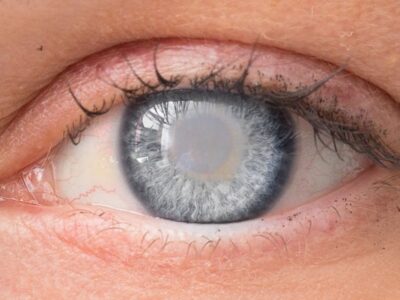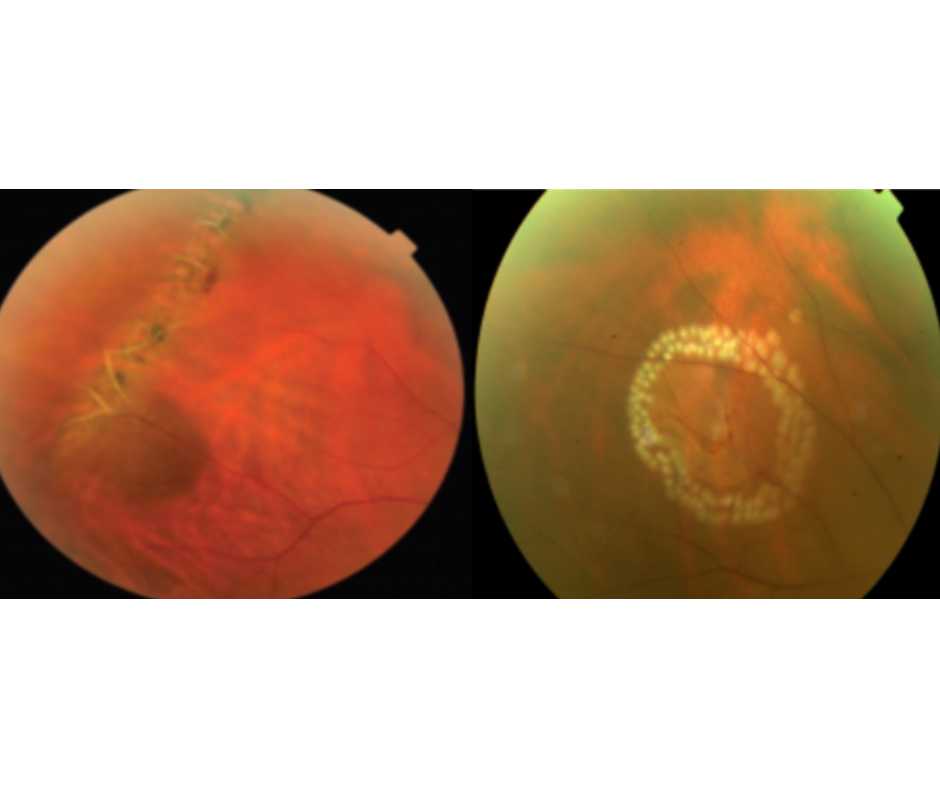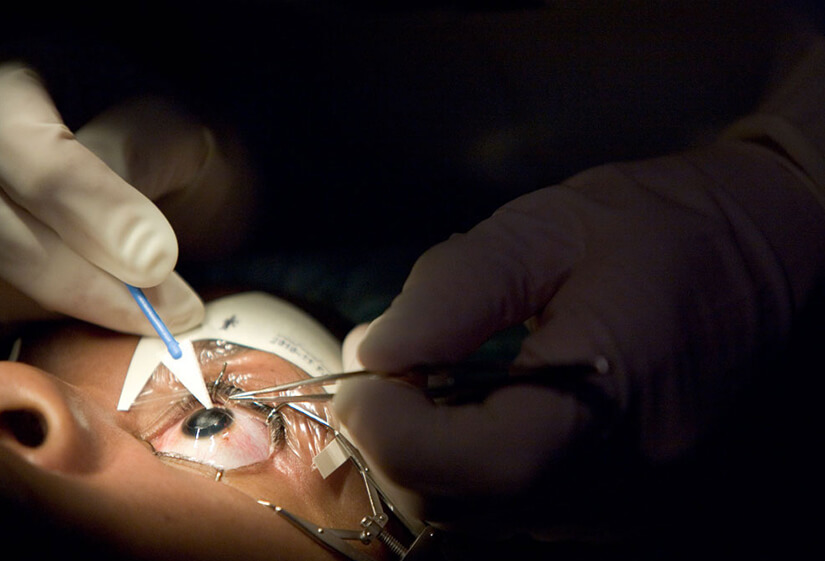Pseudo squint, also known as pseudostrabismus, is a condition where a child’s eyes appear misaligned, but they are actually correctly positioned. Unlike true strabismus, where the eyes are genuinely misaligned, pseudo squint is usually caused by facial features that give the illusion of a squint. This article delves into the causes, diagnosis, and effective treatments for pseudo squint, helping parents and caregivers understand how to manage this condition.
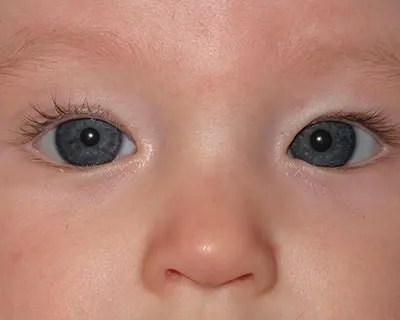
Causes of Pseudo Squint:
- Epicanthal Folds: Skin folds at the inner corner of the eyes, common in young children and certain ethnic groups.
- Wide Nasal Bridge: A broader nasal bridge can obscure part of the eye, creating the appearance of a squint.
- Prominent Eyes: Eyes that are more prominent or positioned further apart can also give an impression of misalignment.
Diagnosis:
- Visual Acuity Test: To assess how well the child can see.
- Cover Test: The doctor covers one eye and observes the movement of the other eye to determine if there’s a true alignment issue.
- Refraction Test: To check if a refractive error is contributing to the appearance of squint.
These tests help distinguish between pseudo squint and true strabismus, ensuring the appropriate treatment plan is followed.
Treatments for Pseudo Squint:
Regular Monitoring
Regular eye examinations are crucial to ensure that the pseudo squint does not develop into true strabismus. An eye specialist will schedule periodic check-ups to monitor the child’s eye health and alignment.
2. Addressing Refractive Errors
If the child has a refractive error (like nearsightedness or farsightedness), corrective glasses may be prescribed. These glasses won’t correct the pseudo squint but can improve overall vision and eye function.
3. Parental Education
Educating parents about the nature of pseudo squint is essential. Understanding that this condition is largely cosmetic and does not impact vision can alleviate unnecessary concerns. Parents need to be aware of the signs of true strabismus, such as persistent misalignment, which requires immediate attention.formed about the signs of true strabismus, such as persistent misalignment, which would require immediate attention.
4. Surgery (Rarely Needed)
In very rare cases, surgeons might consider minor interventions for pseudo squint due to significant anatomical abnormalities affecting vision or causing social or psychological issues. However, most cases of pseudo squint do not require this.
Author Details:
Dr. Sushruth Appajigowda holds a prominent position as a Cornea, Cataract, Glaucoma, and LASIK Surgeon in Bangalore. He serves as the chief Cataract and Refractive surgeon at Vijaya Nethralaya Eye Hospital, Nagarbhavi Bangalore. Renowned as one of the finest LASIK surgeons nationwide, he brings with him over 12+ years of experience across multiple LASIK platforms, including ZEISS, ALCON, SCHWIND, AMO, and Bausch and Lomb. Having successfully conducted over 5000 LASIK procedures, Dr. Sushruth holds the title of a Certified Refractive Surgeon and a Fellow of the All India Collegium Of Ophthalmology. Furthermore, he stands as a distinguished speaker at various National and International Forums, using his expertise to guide you in selecting the most suitable procedure based on your health requirements.
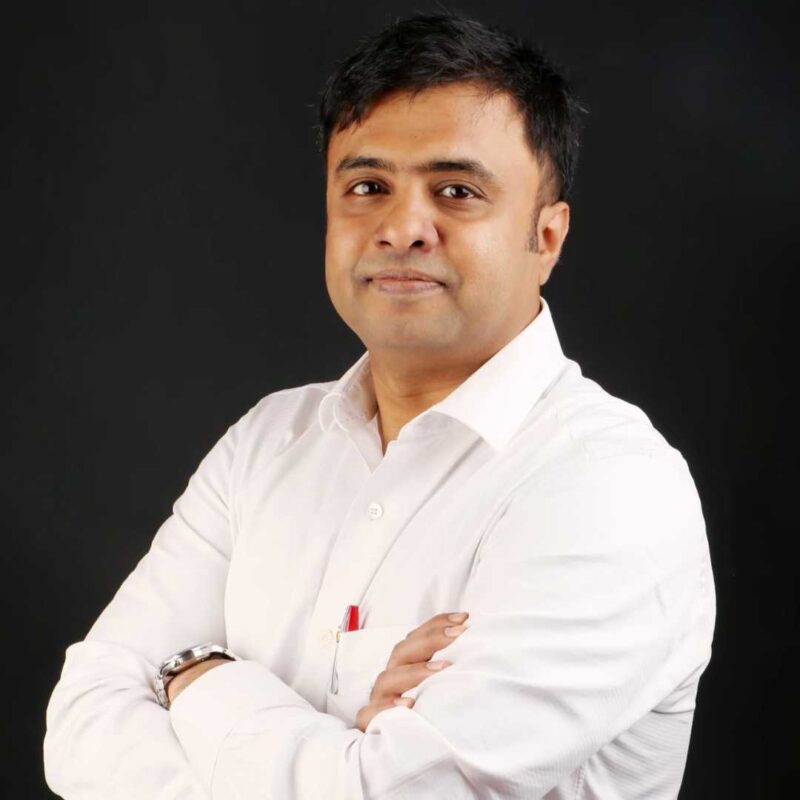
http://vijayanethralaya.com/link-in-bio/
Conclusion:
Pseudo squint, while often alarming for parents, is usually a harmless condition that does not affect a child’s vision. Proper diagnosis and regular monitoring by an eye specialist are essential to distinguish it from true strabismus and ensure the child’s eyes remain healthy.

